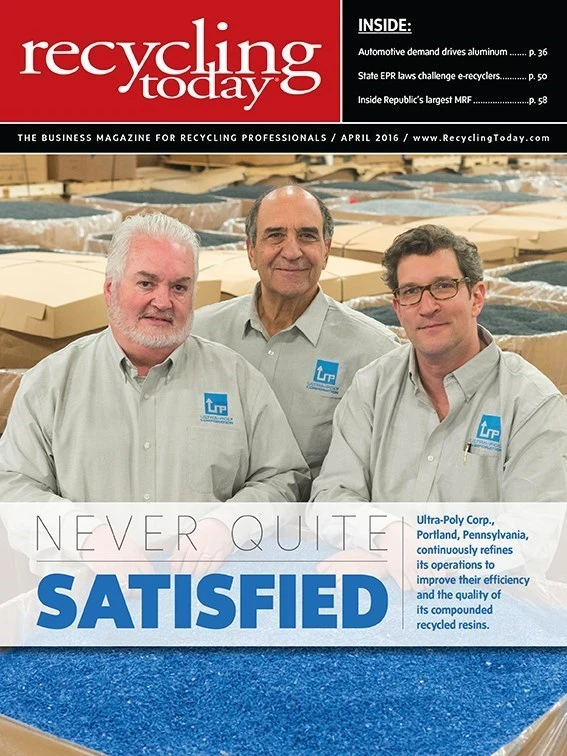When the U.S. economy was attempting to revive itself in 2009 after the lending industry meltdown of the previous year, President Obama tried to reassure his supporters and fend off his detractors by saying that “green shoots” were visible sprouting from the metaphorical economic soil.
After a difficult 2015-2016 winter in terms of pricing and scrap flows, recyclers in the U.S. likewise point to some springtime signs of promise in the form of a mild copper pricing rally and an uptick in material flows in the first half of March.
Copper’s rebound started in February, as measured by London Metal Exchange (LME) pricing. After three months of decline from November 2015 through January, the average February cash buyer price in February rose by nearly 3 percent compared with the previous month.
Aluminum pricing did not follow suit, though it stayed relatively stable in February, with the LME cash buyer monthly average price for aluminum alloy falling by just $8 per metric ton. On the LME, aluminum’s value has stayed relatively stable in the $1,570 per metric ton range throughout the winter of 2015-2016.

Price gains won’t help recyclers much if their flows don’t increase from what many describe as dismal intakes in late 2015 and the first two months of 2016. On that count also, some positive signs are beginning to appear.
“From my conversations with scrap processors, yard flow is up but minimally,” says nonferrous scrap broker Randy Goodman of Greenland (America) Inc. as of mid-March. “Some positive sentiment is taking hold,” he adds. “The yards are confident that flow will begin to slowly increase with the higher copper prices and the slight bump in ferrous pricing.”
The aluminum sector gained attention on the policymaking front in March, when a trade union and a U.S.-based aluminum producer asked the federal government to investigate government subsidies within China’s aluminum industry.
A March 9 article in the Wall Street Journal says the United Steelworkers union (USW) and Chicago-based Century Aluminum Co. also “sent a team of researchers to China [in 2015] to investigate evidence of government subsidies for aluminum makers” there.
The USW and Century Aluminum say they “expect to provide evidence showing the Chinese government has been providing billions of dollars in subsidies to some aluminum companies, including access to low-interest loans,” according to the Journal article.
“The yards are confident that flow will begin to slowly increase with the higher copper prices and the slight bump in ferrous pricing.” — Randy Goodman, Greenland (Americas) Inc.
The Arlington, Virginia-based Aluminum Association has been issuing press releases and comments for more than a year making similar allegations.
Whether China is the main culprit holding back increased American aluminum production, however, may depend on whether one considers America as synonymous with the North American Free Trade Agreement (NAFTA) region.
NAFTA partner Canada was a far larger factor in U.S. aluminum import markets in 2015. Taking advantage of the weak Canadian dollar, operators of smelters and mills in Canada sent more than 2.8 million metric tons of aluminum into the U.S. in 2015—more than seven times the volume that came in from China.

Explore the April 2016 Issue
Check out more from this issue and find your next story to read.
Latest from Recycling Today
- BMW Group, Encory launch 'direct recycling’ of batteries
- Loom Carbon, RTI International partner to scale textile recycling technology
- Goodwill Industries of West Michigan, American Glass Mosaics partner to divert glass from landfill
- CARI forms federal advocacy partnership
- Monthly packaging papers shipments down in November
- STEEL Act aims to enhance trade enforcement to prevent dumping of steel in the US
- San Francisco schools introduce compostable lunch trays
- Aduro graduates from Shell GameChanger program





